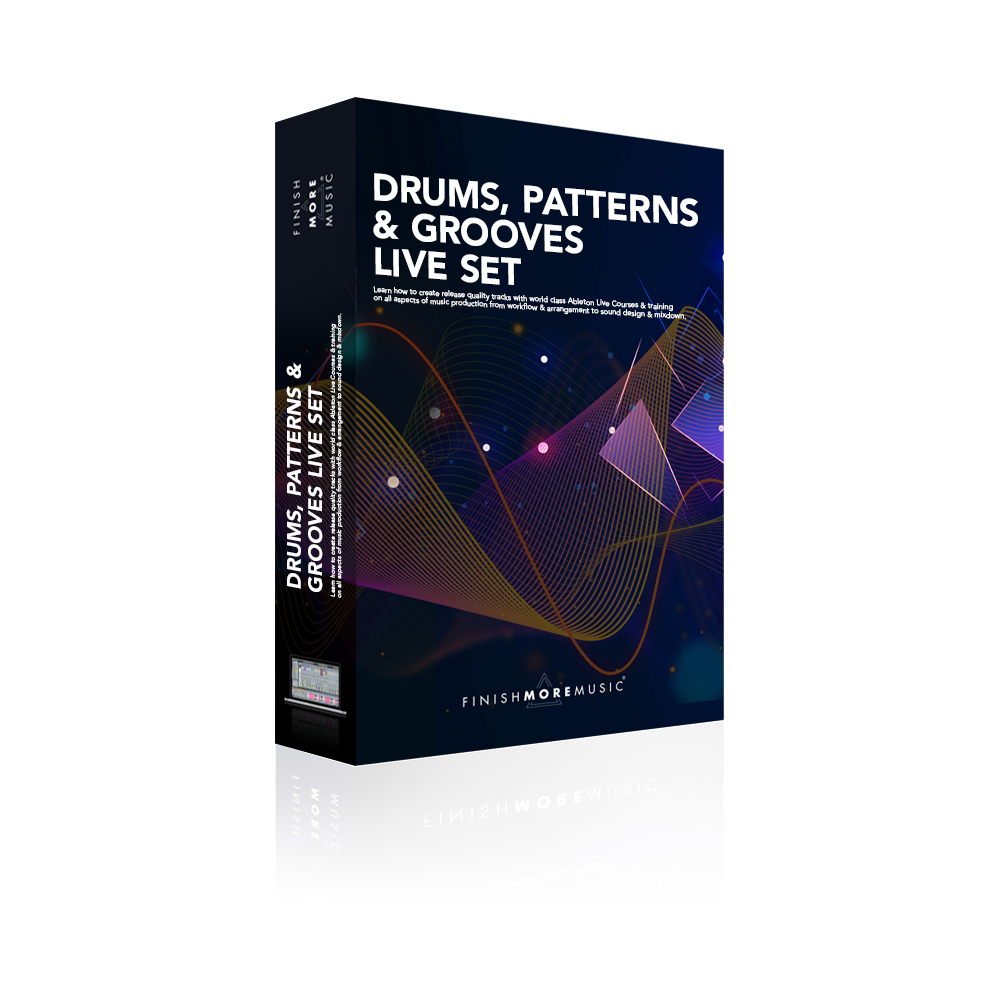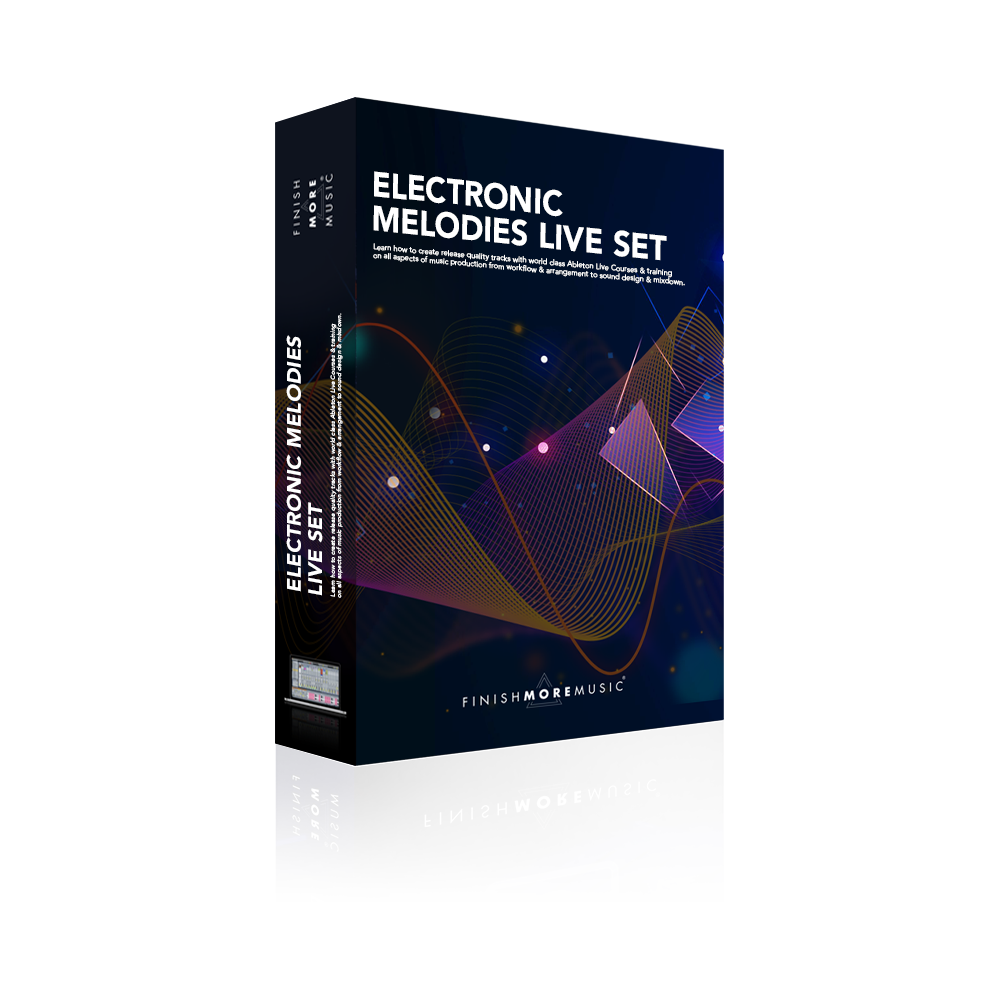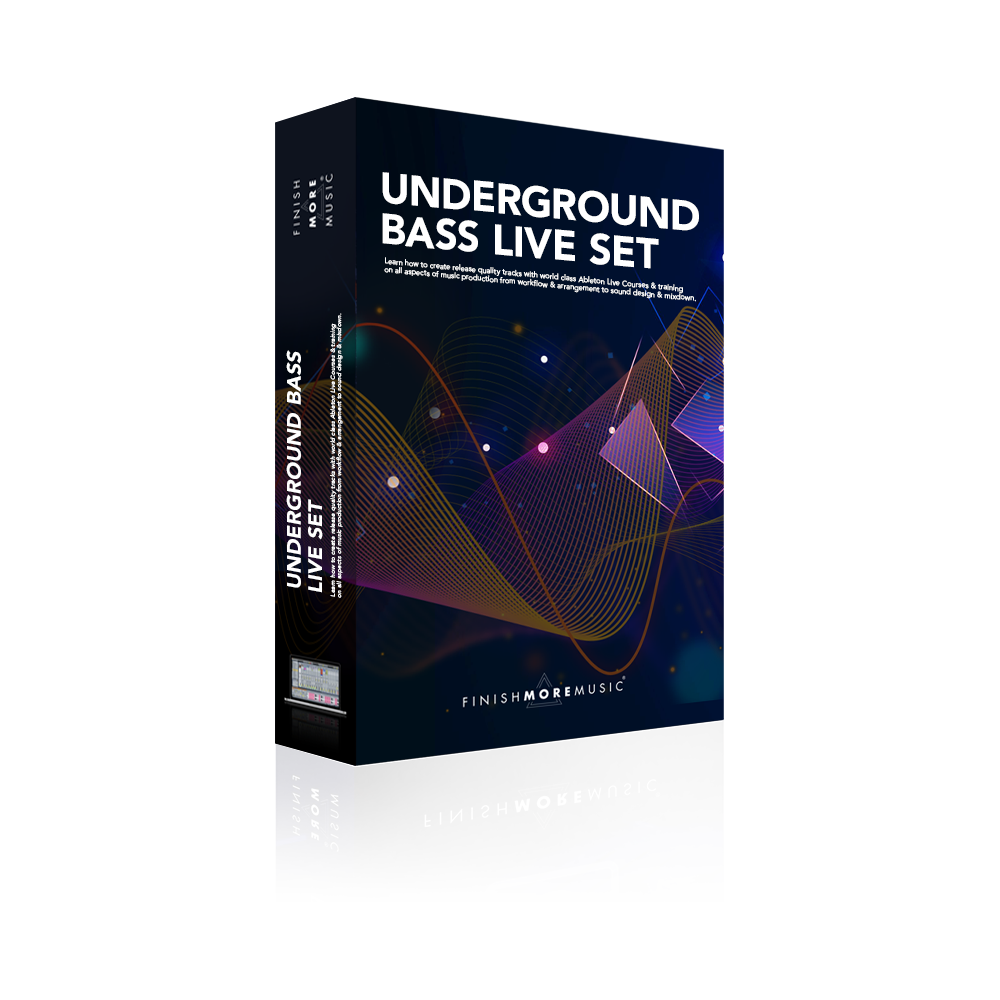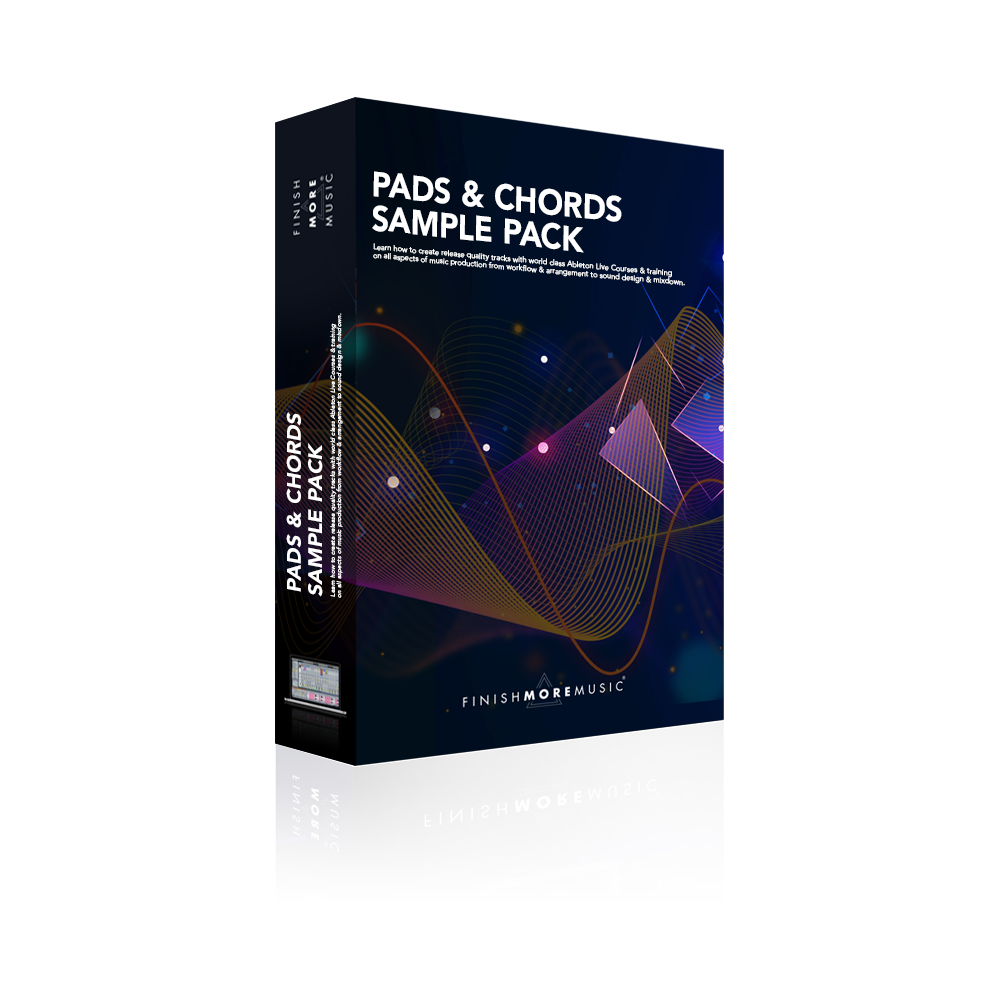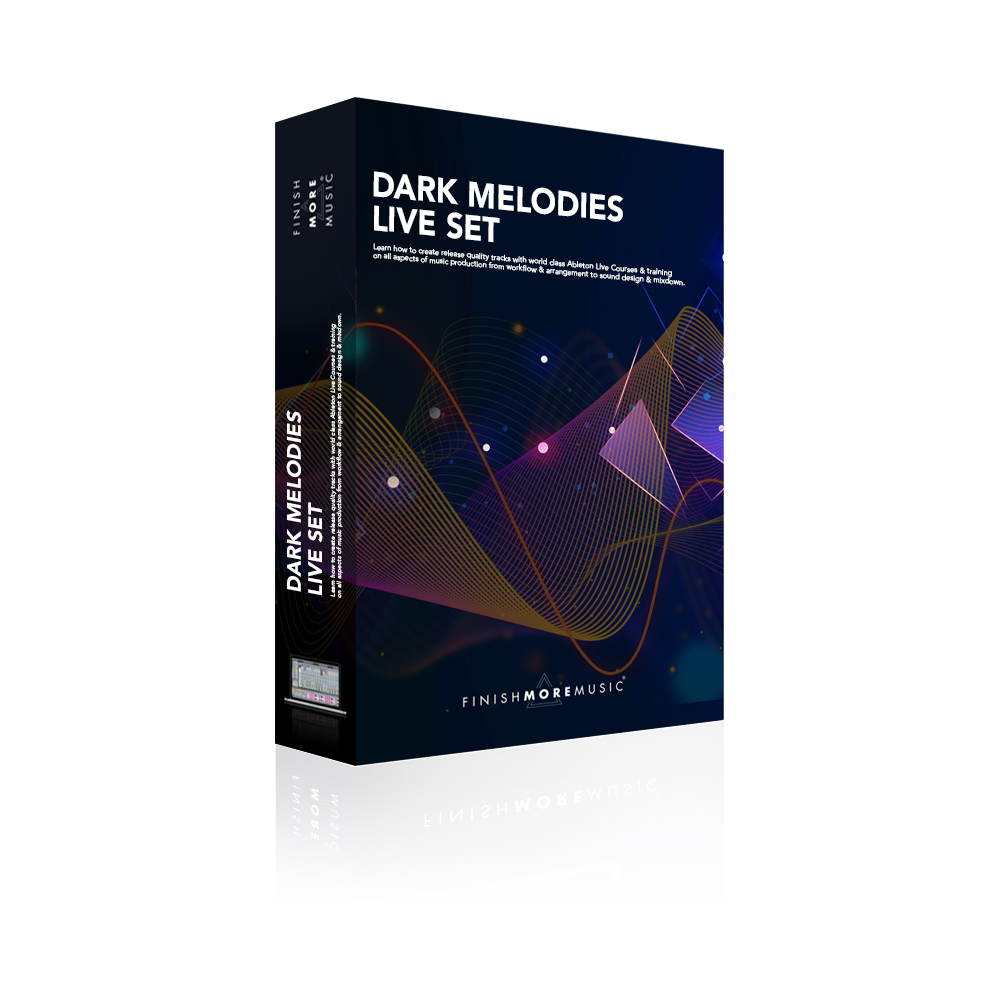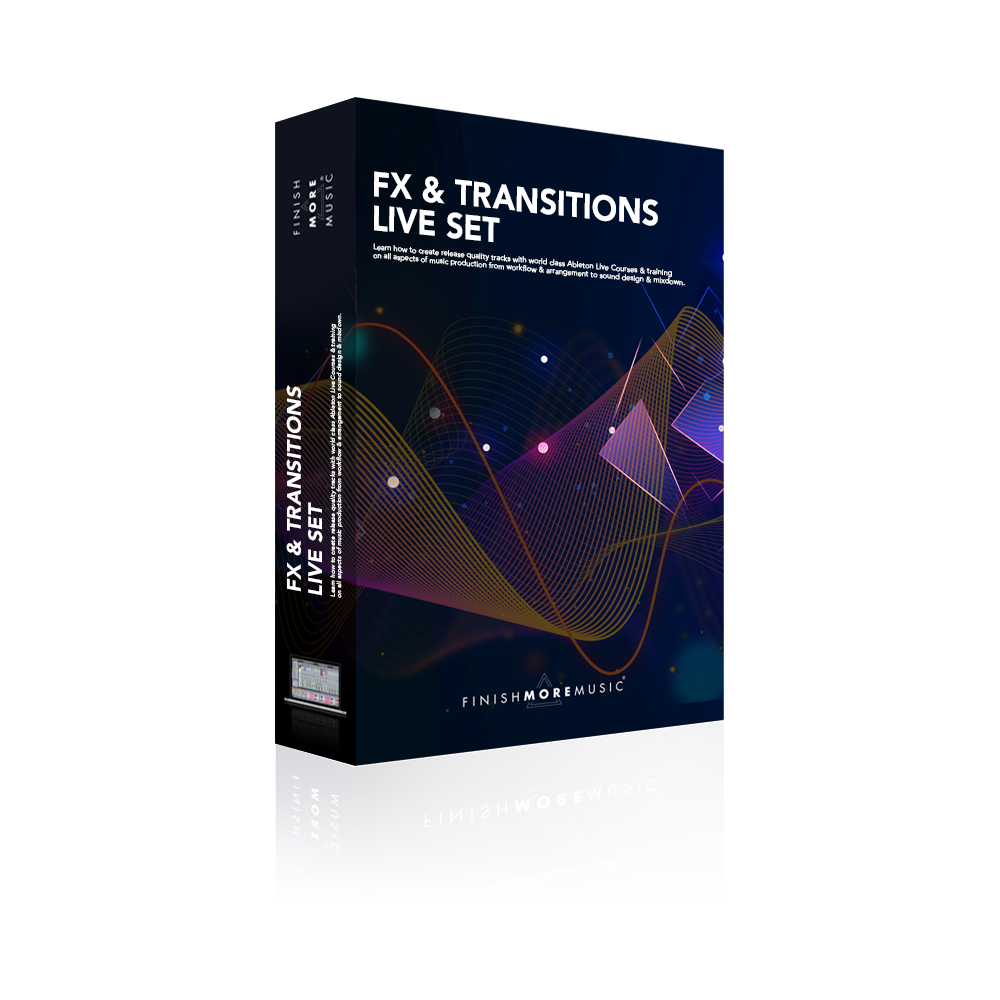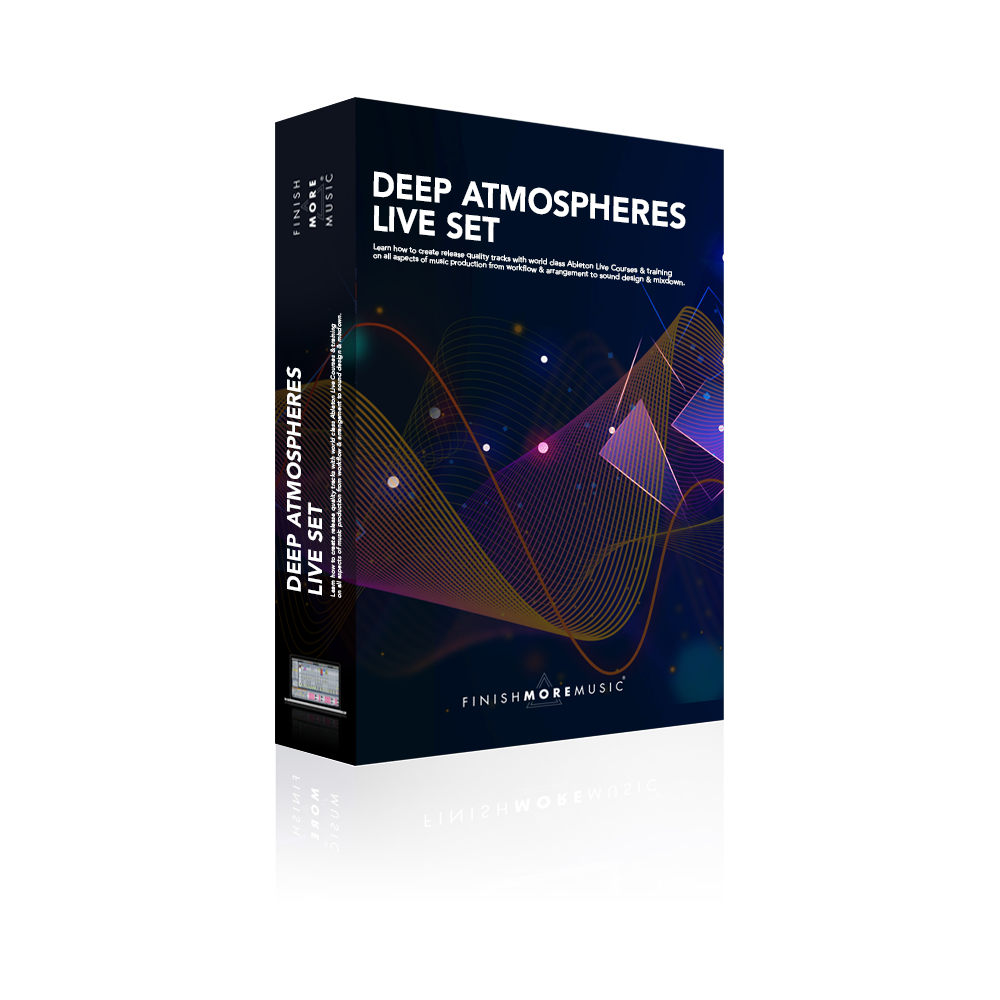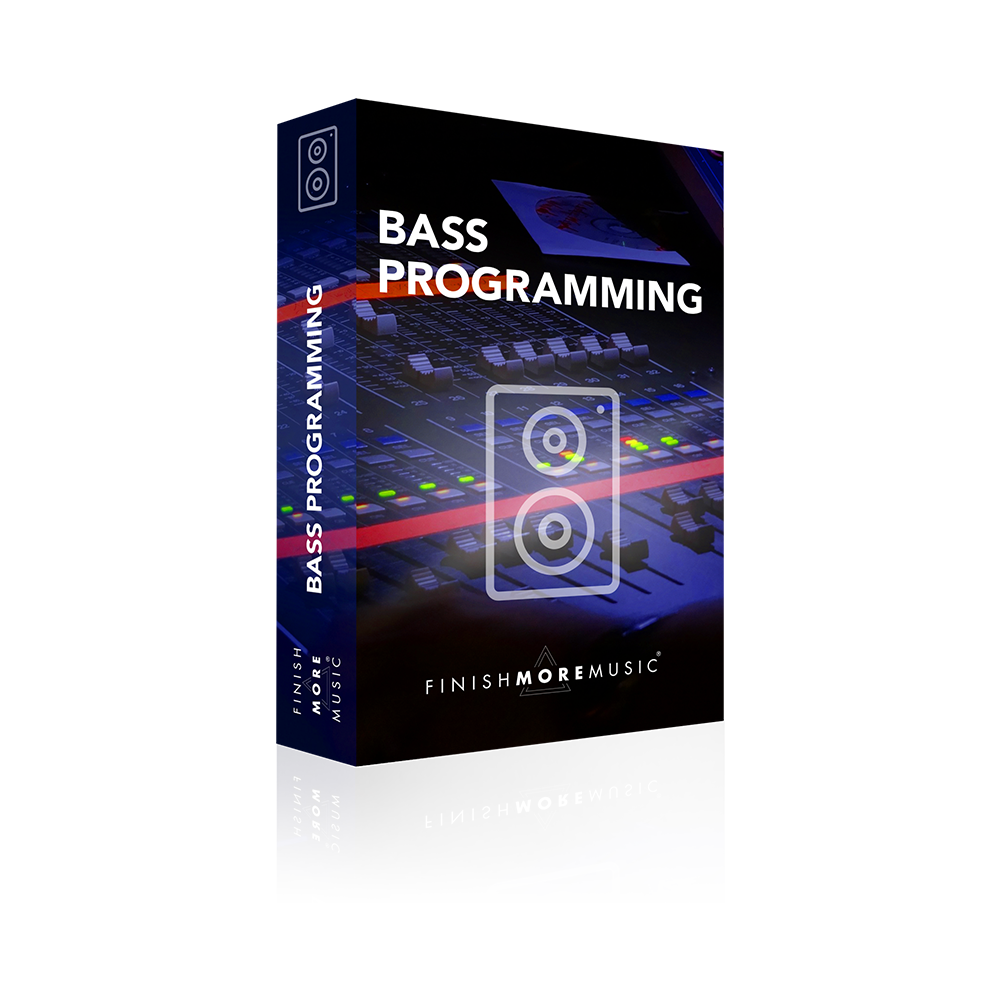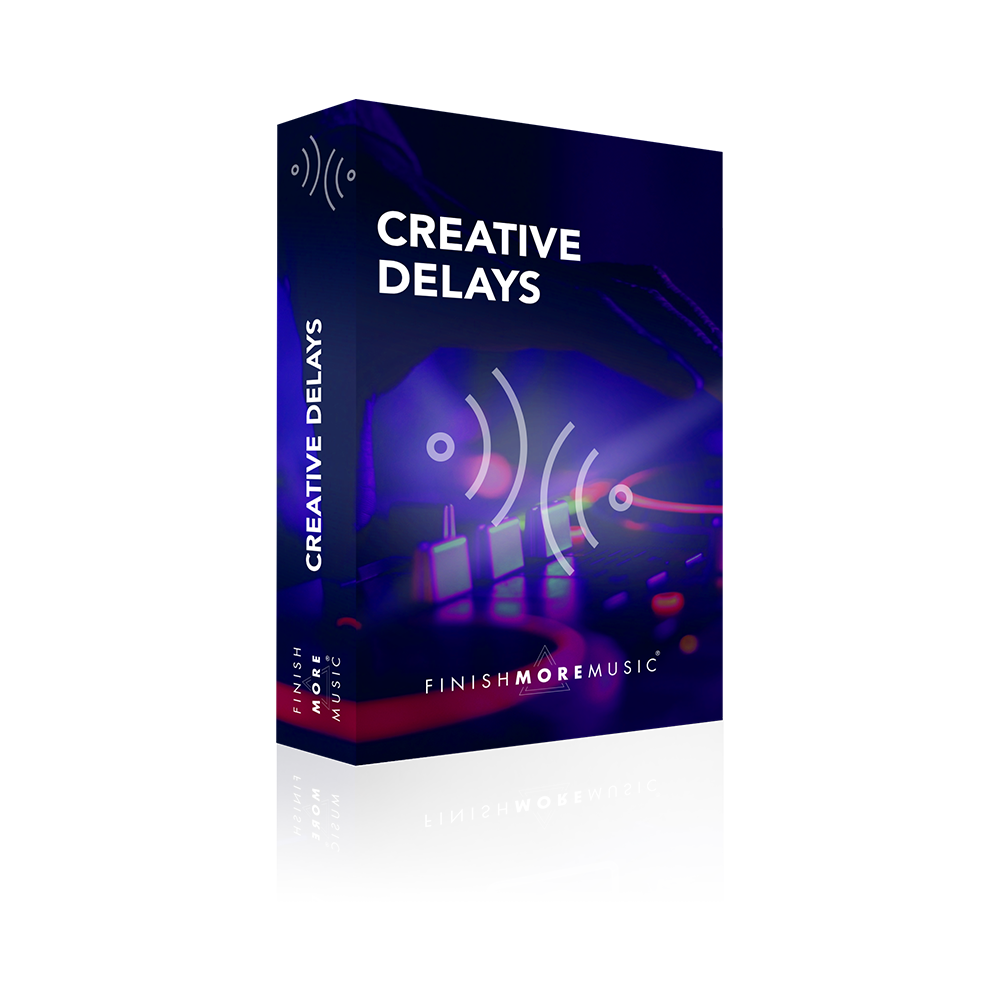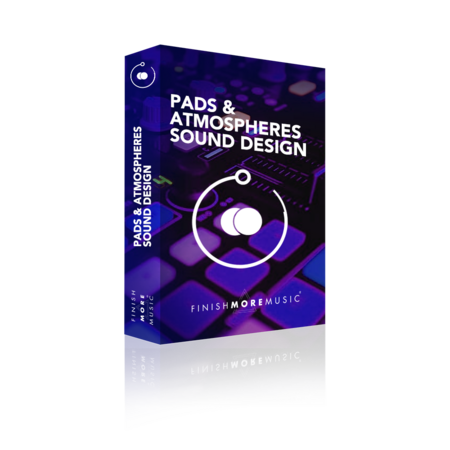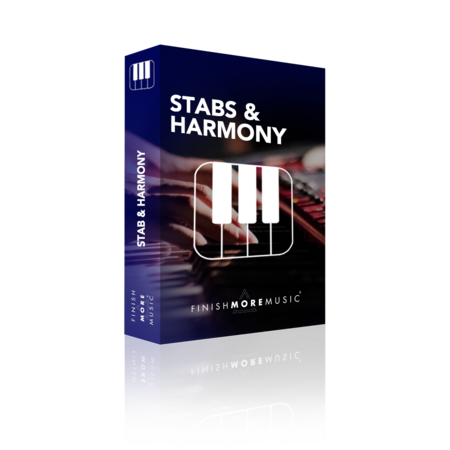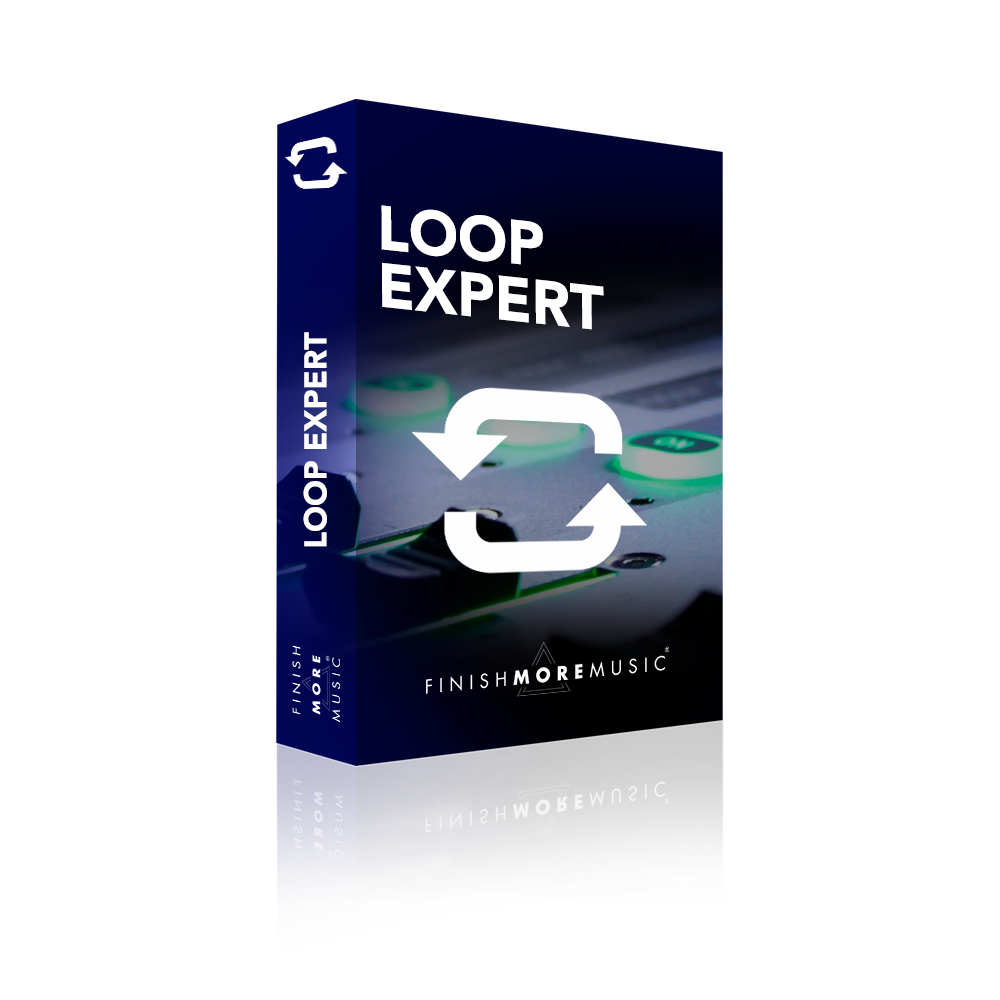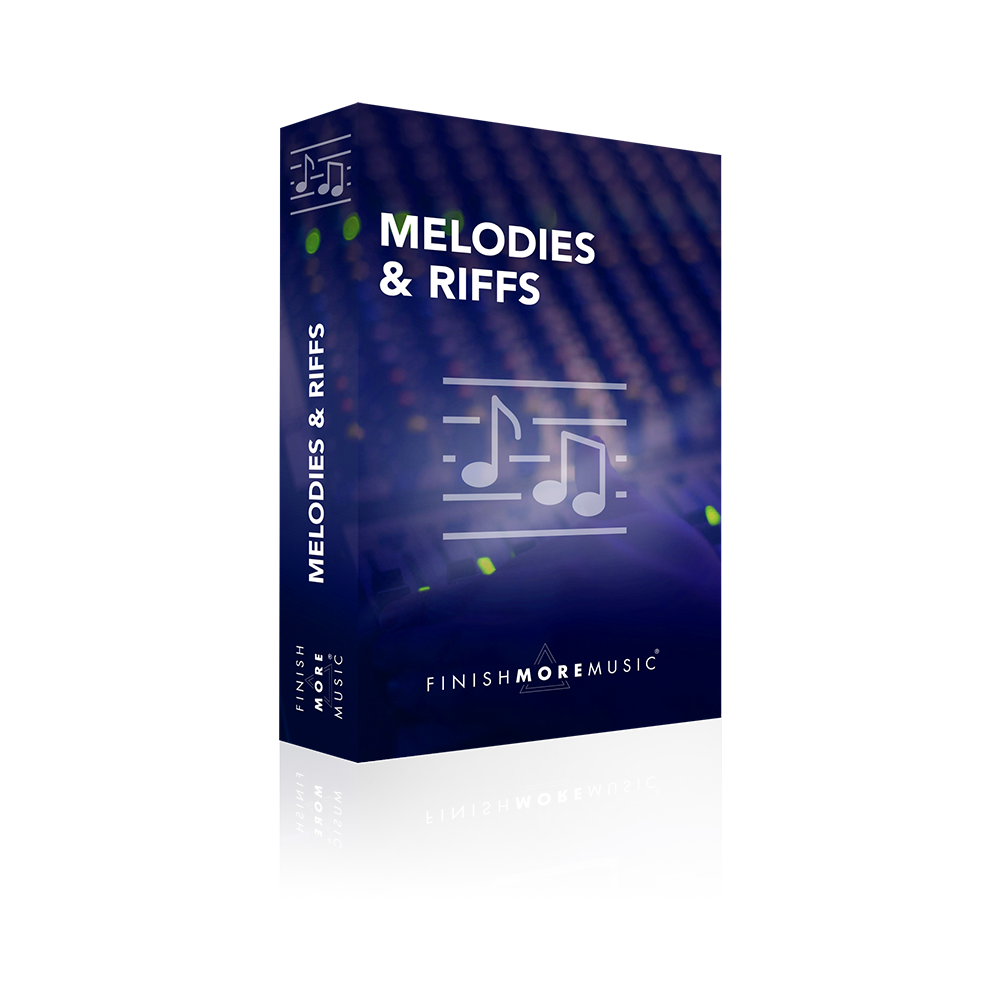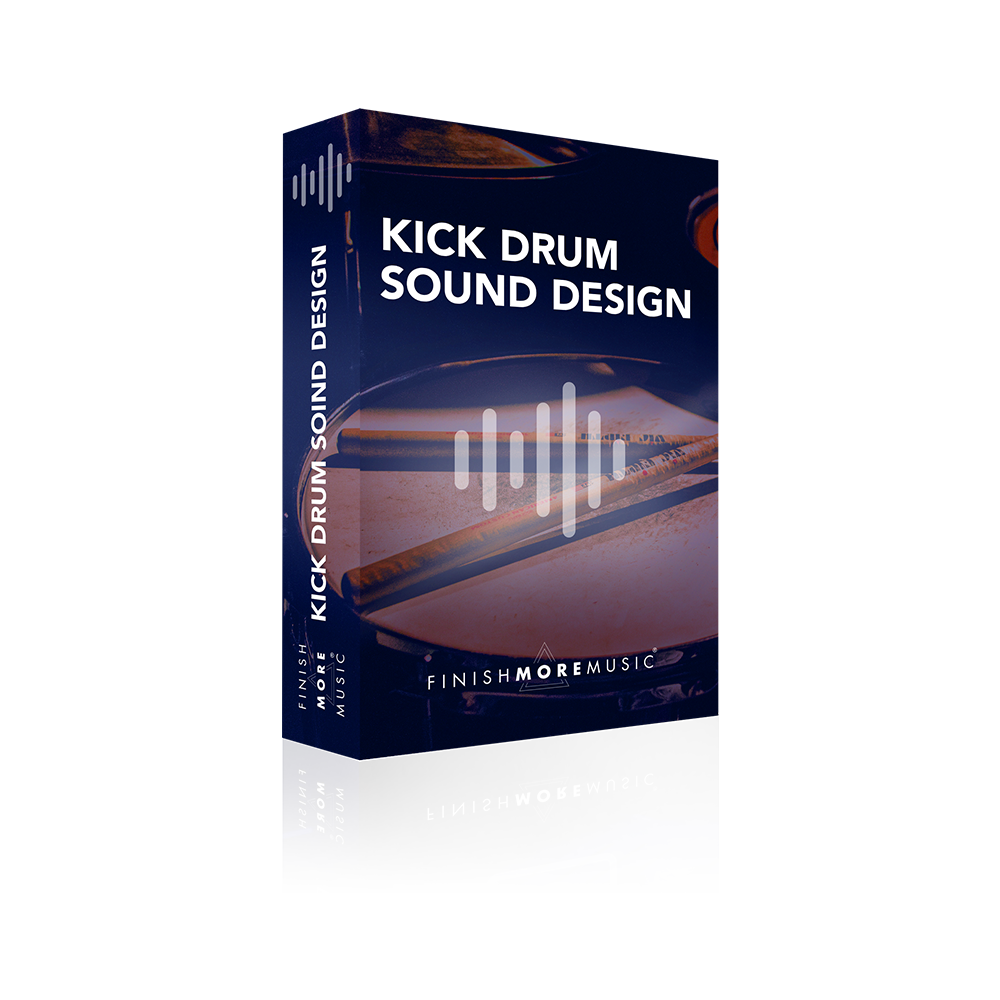Each month inside of the FMM community we host a Live Q&A session where all our fantastic members can get together, chat and ask me any questions about music production and the music industry. We get some absolutely killer questions and answers so I thought, why not share this with my amazing YouTube community too? Well here we go! In this video, I explain how to set up ‘Super Sends’ and how to effectively manage them in your music. If you often find that your send and return effects get wildly out of control, this video is just for you.
Transcript
It’s my man, Gian. Hello mate, how are you? I have issues with using return tracks for effects specifically when going wild with super sings. It turns out to be too quiet or too loud like with the atmosphere thing with high feedbacks. Any tips on taming a wild beast?
Right, so, I think there’s multiple questions going on in this and let’s break this down so we can answer things one by one. So number one, for anyone who’s not wondering and he doesn’t know what a super send is, let’s just dive over into Ableton. Sowhat would happen is one thing that you can do to kind of spice your tracks up is you go to a return and typically you load up like a bunch of cool effects. We could have the lazy near reverb, saturations but something that’s going to make a pretty kind of mad, big effect sound. Then whilst the track is running you literally, let’s imagine that we had like you know kick bass hats synth and all the rest of it, you’re going to pick some of your sounds and you’ll just quickly do a send throw. So you’re literally just throwing a very small slice of the audio from one of these tracks to your super sing so I can’t, I don’t know who came up with a name for it but basically a singer with a load of stuff on it. And what that does of course is you get a little slice of audio that then gets blasted through delays and reverbs and returns and all kinds of good stuff so if you are doing that and it’s getting out of control, first things first, if you’re automating this you might want to go back in and just make sure that you’re sending similar amounts to the return because obviously if I’m you know doing this on push or even worse like a mouse which I sometimes do and I’m bloody lazy and you might have some like full beans in your sending the entire 100% of your signal to your return track, and other times you I’ve only got like 60% and of course as a result the volumes coming out of it are gonna be wildly different. Now you want some variation in there I would say or it doesn’t sound very human but ultimately if you find that you’ve peaked it a few times and gone a bit crazy just get in and deal with the automation. So that’s the first thing you can do. The second thing you can do is go to the end of your super send and put a limiter on there or some really hard compression. And what that obviously is gonna do when you’re turning this up you when you push it harder, it’s gonna drive into the limiter which is then gonna start turning it down, but it will still sound different because a louder amount of volume will have gone into each of the effects so they’re all going to sound a bit different particularly if we’ve got saturation or other coloration on there which is gonna be driven hotter, all of a sudden we’ll be getting more harmonics and frequencies coming through, and plus the RMS the average volume is still going to be louder even though the limiter is taken down that the peaks of it you’re still gonna get a perceived increase in volume. So that is a nice way of still keeping a whole bunch of variation in there, whilst simultaneously allowing yourself that extra kind of expression. So they’re the first two parts. Now the third part that you’ve alluded to in here is something with high feedbacks in there. So this can be a case of if if you’ve got, and I’m gonna imagine that maybe you’re using a feedback loop which is where you would use something like a dub delay and you can literally be going in and again let me show you this. It might be a situation where what you’re doing is you’ve got your sends enabled and you’re sending the return back to itself. So picture the situation we’re sending a piece of that you know maybe it’s a I don’t know a six think let’s say we’ve quickly chucked in and chucked out like you would if you were DJing. You’ve sent that slice of audio to the return track, it goes through the return track picking up all of the effects and then you may be sending that back into itself so it comes back round the system and goes in creating a feedback loop. So this is quite a common thing to do if we’re creating builds and other interesting things, but as a result, you can often get a pretty nasty buildup of frequencies. So there’s a trick that works really nicely if you’re getting a frequency build-up and it’s starting to scream and resonate if you’re doing something like this, even if you were to put a limiter on there you’re still going to get this frequency build up. You’ll control the volume but you’ll still get this tone, this screaming, little bit like I was talking about in Brian’s track where there was one tone that was overriding the situation, that wasn’t for a feedback loop but it’s just that one resonance in the track. If you’ve got something like that going on then you can add some modulation and something like auto filter or any filter that will modulate if you’re not using Ableton for example and you can just have something like this going on that sweeping up and down the chain. And what this does is it stops there being a massive buildup of frequencies if you were using this kind of feedback loop, because the frequency has a chance to die down because it’s no longer feeding back through itself, and then we just keep moving so no one of the anyone feedback isn’t able to feedback on its cell phone on itself feeding through typically this is a problem if you’ve got a delay in there so that kind of forever delay trap that you can fall into which is it’s a beautiful atmospheric sound and I’m imagining that’s what you’re talking about when you’re creating a big kind of wash of atmosphere. That sort of really nice movement if you’re modulating that just by turning the LFO on in the filter or any filter with that capability which is most often because they’re designed to move that will stop a buildup of frequencies so that’s how you can control frequencies and how you can control wild kind of a unit out of control volumes as well when you’re using these kind of super sends and big atmospheres coming out or your returns.
I’ve released a brand-new totally free ebook for you called Creative Strategies for finishing more music. It features some of the world’s top underground producers sharing their inside tips on how to be prolific, handle creative pressure, turn your inspiration in to finish tracks and give yourself that important edge in the music industry. Bieber has 15 pages rammed with insights and workflows from some of the world’s biggest underground music producers including John Double-O Fleming, Slow MeHaba, Claude Young Jr and Mark Jenkins and there’s loads more. The ebook is totally free for you so dive over to finishmoremusic.com/ebook and grab yourself a copy now.
Thank you for watching
I really appreciate you tuning in and I hope you’re enjoying the tutorials and taking some real value into your music sessions.
If this video resonated with you and you feel it will have a positive impact on the people you know, please share it by using the social media buttons you see at the bottom of this page.
To make sure you are always the first to know when a new video lands: Subscribe to the FMM Youtube channel here.
Let me know how you get on with the techniques I showed in the videos and if you have any suggestions for future tutorials, ping me a message on Instagram (@IamKeithMills)

